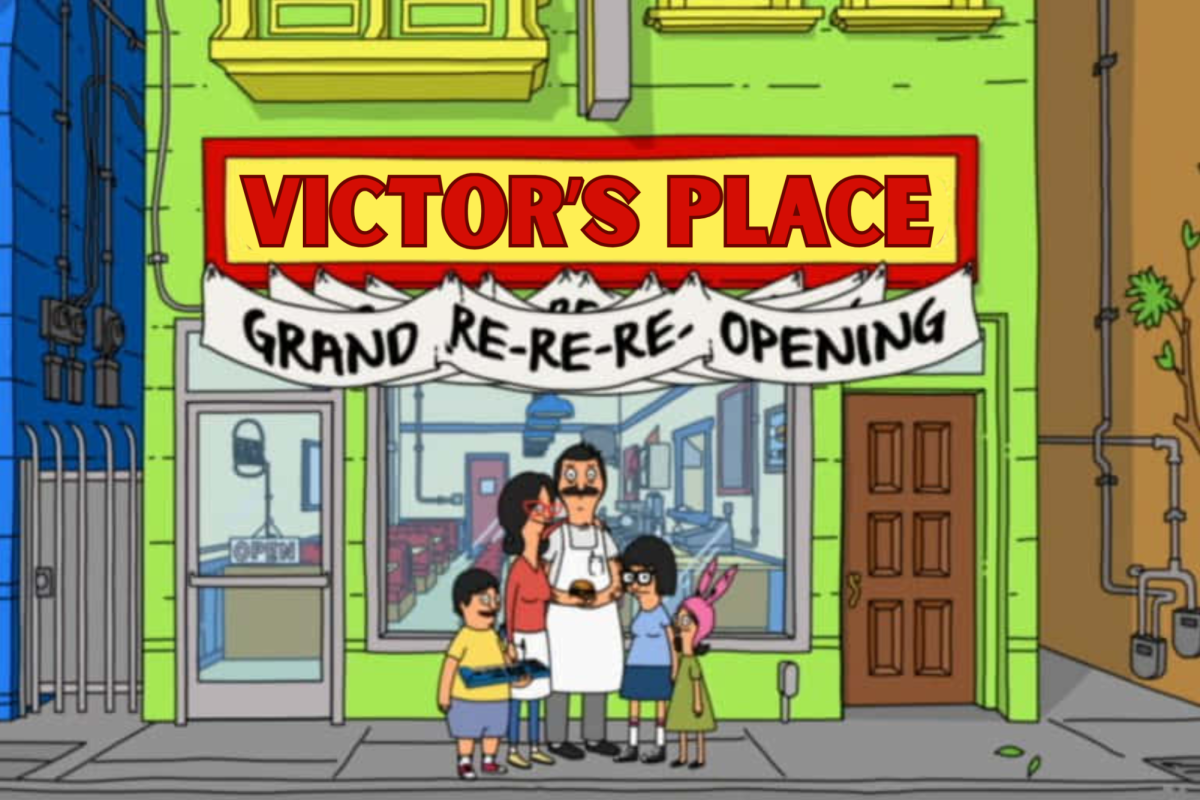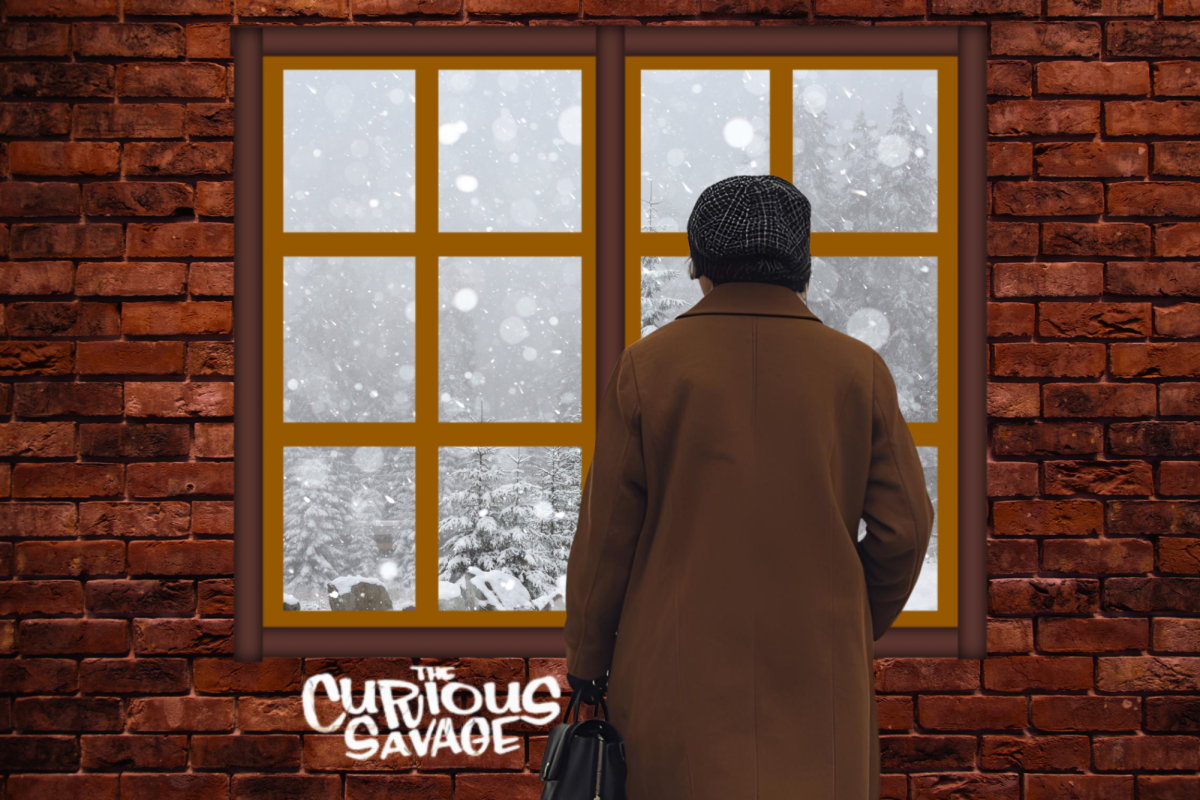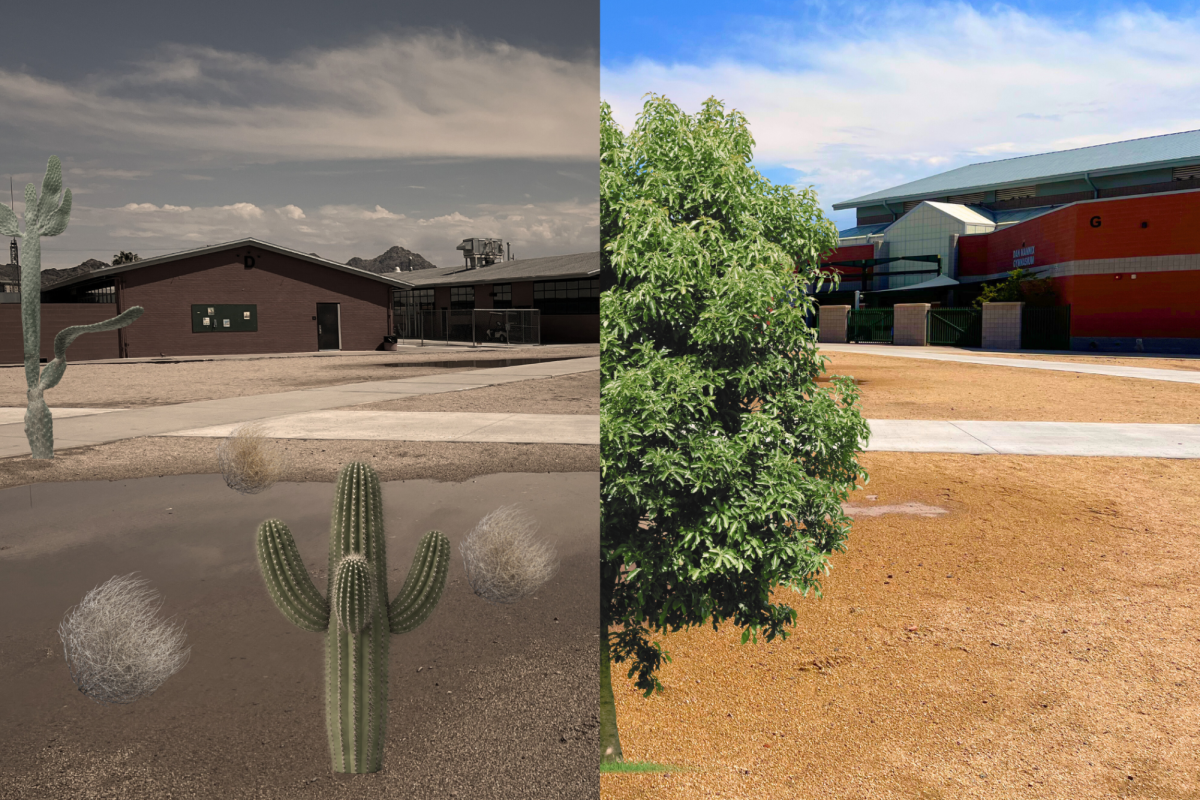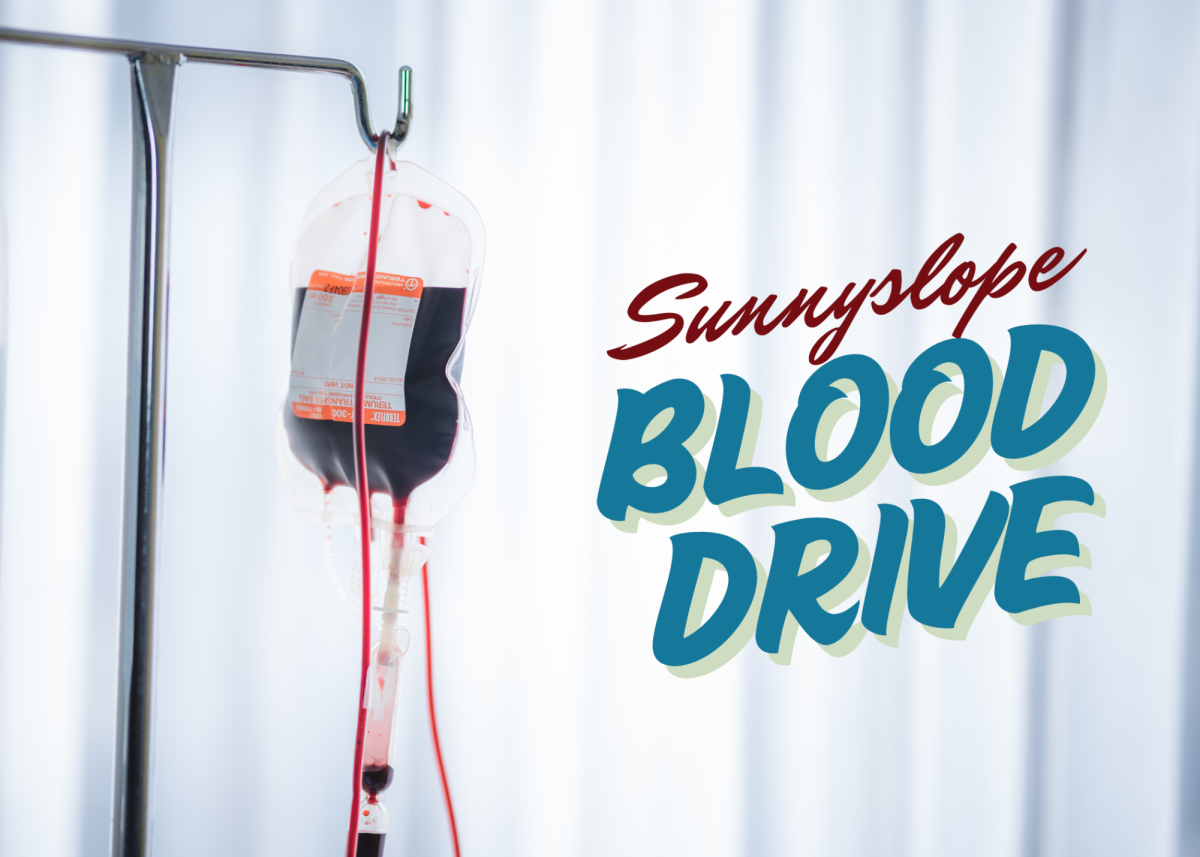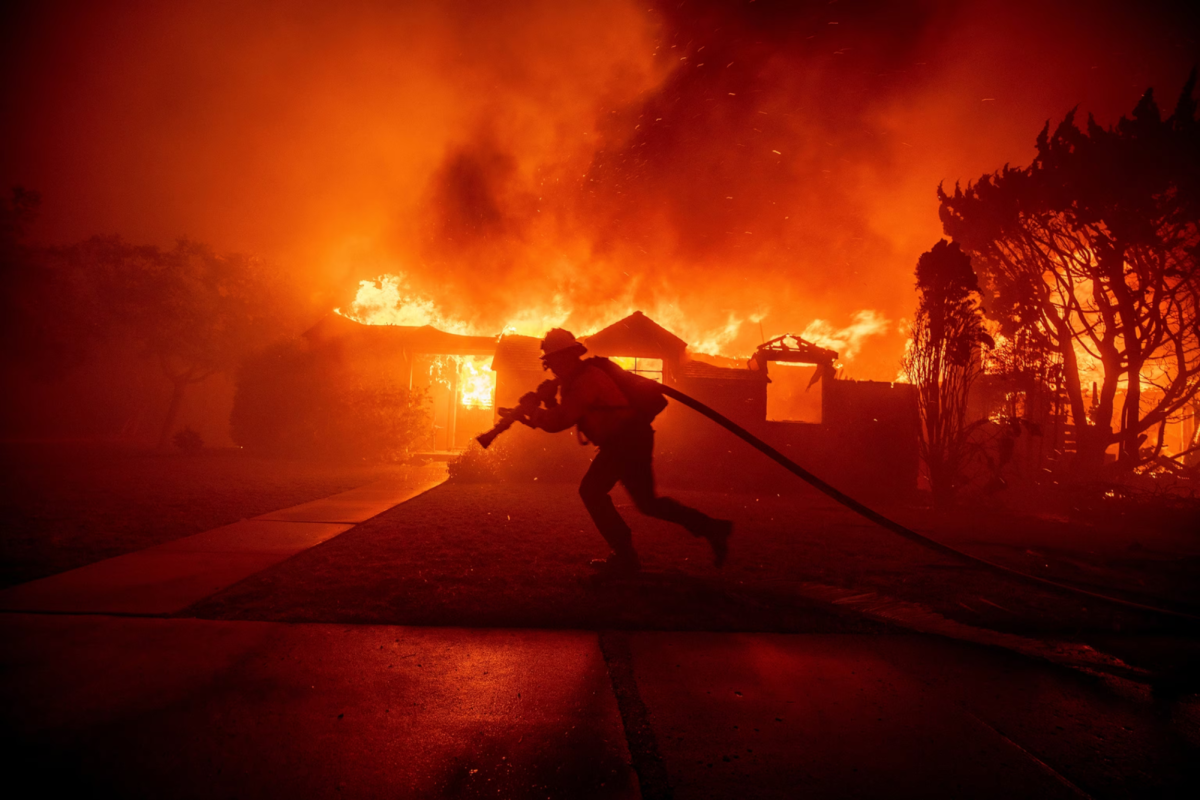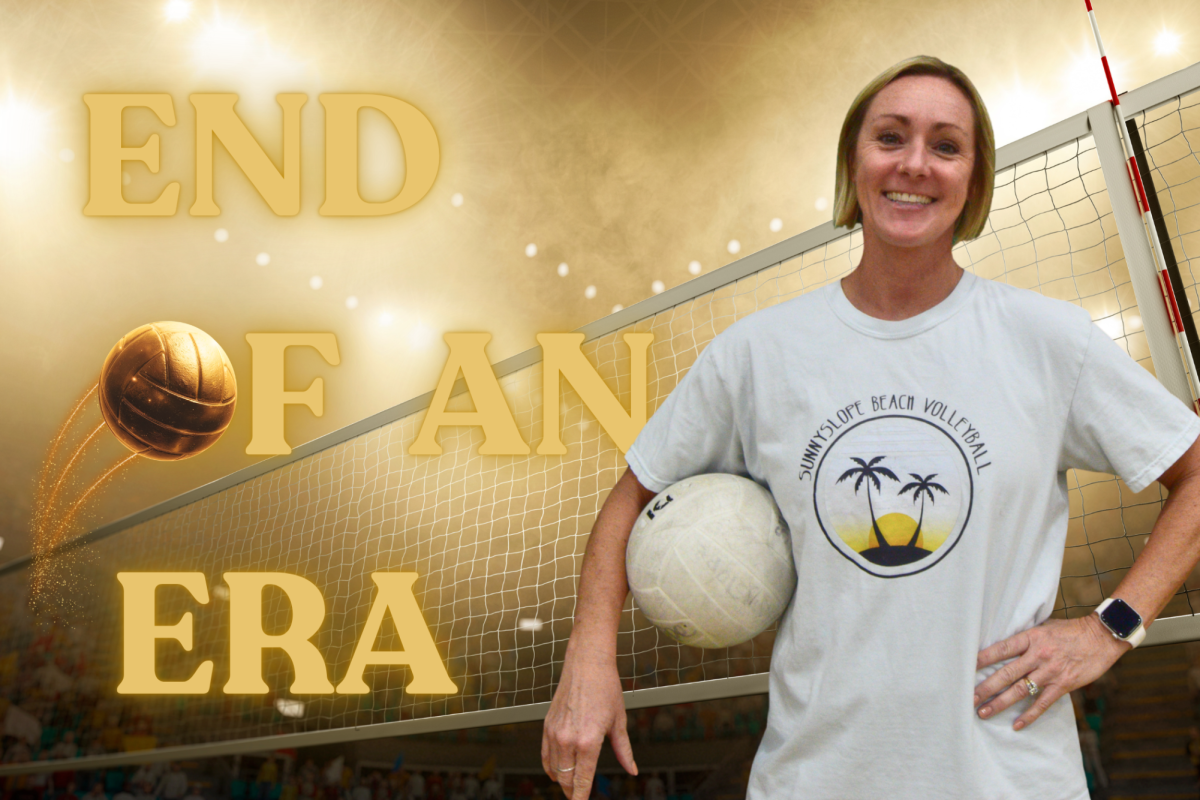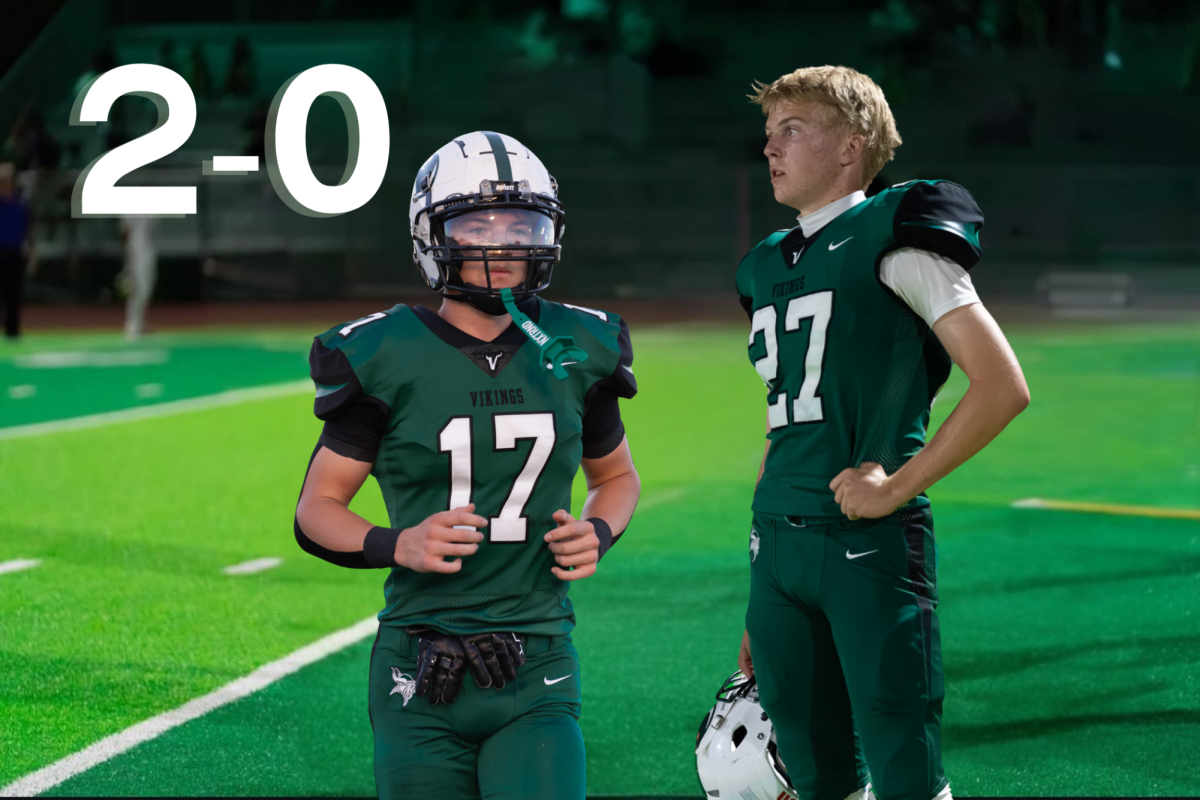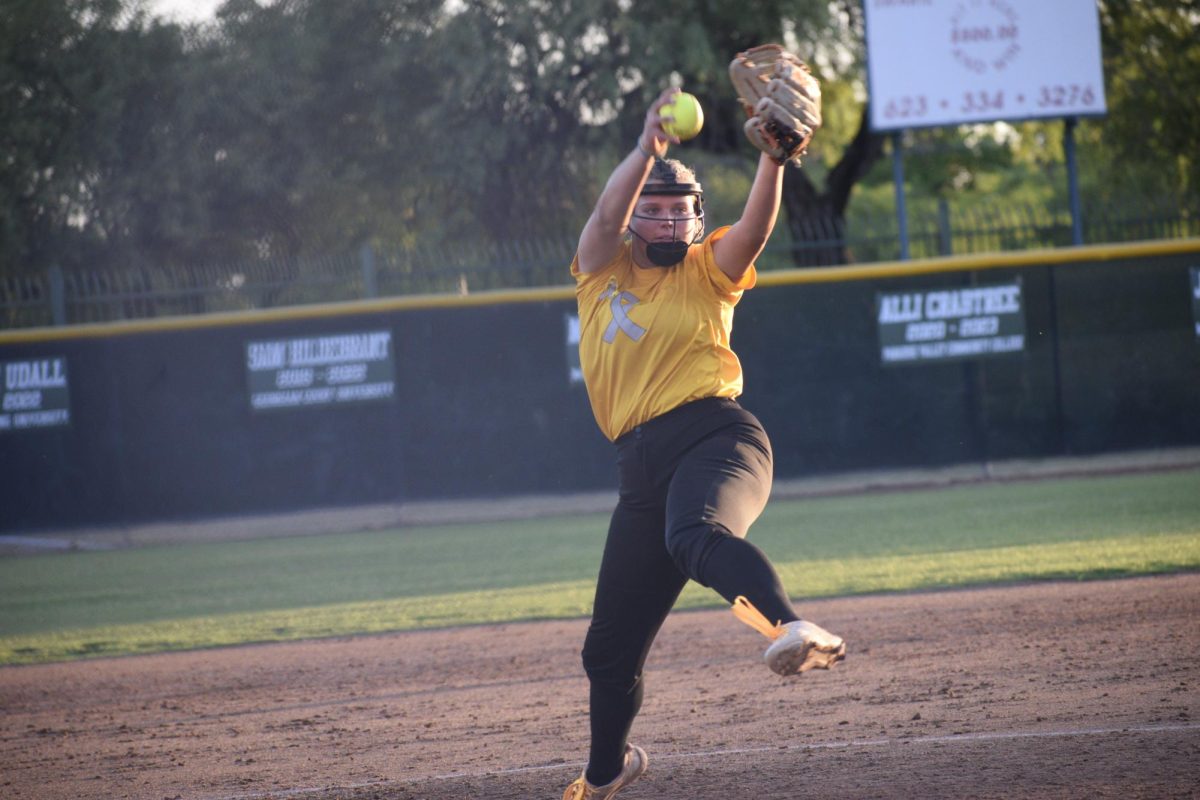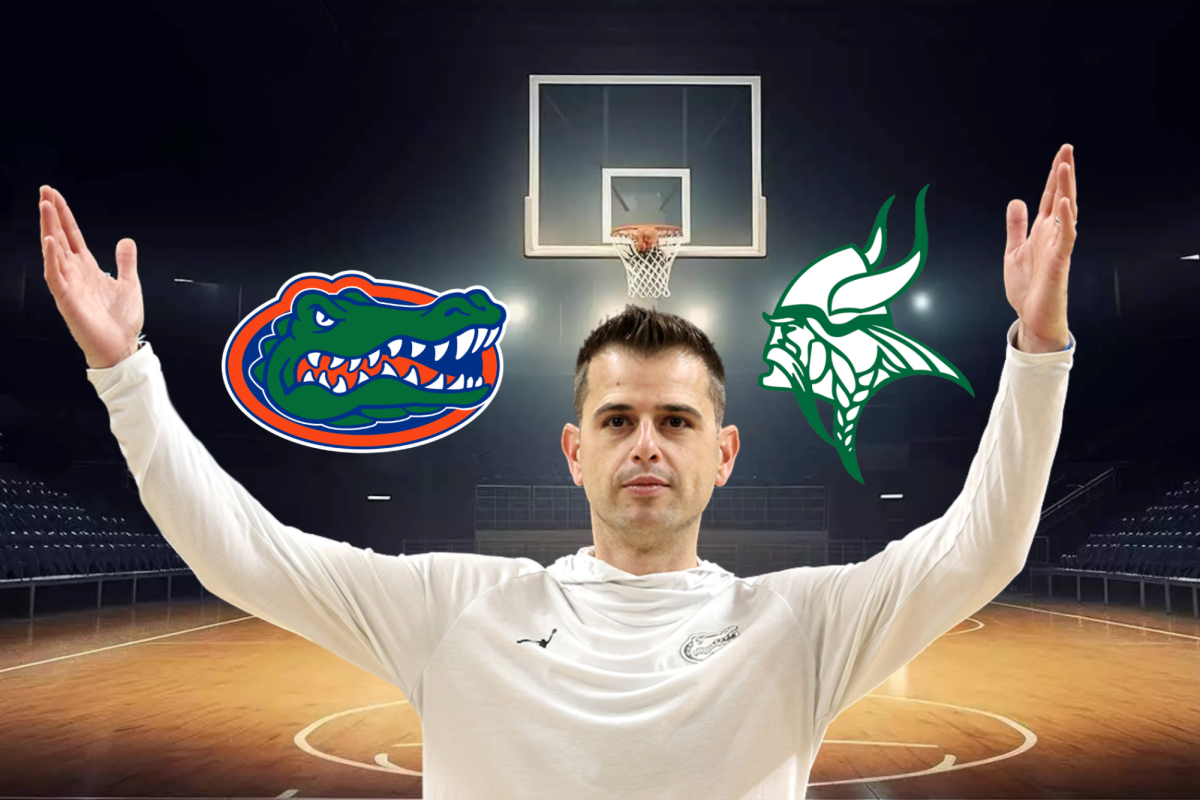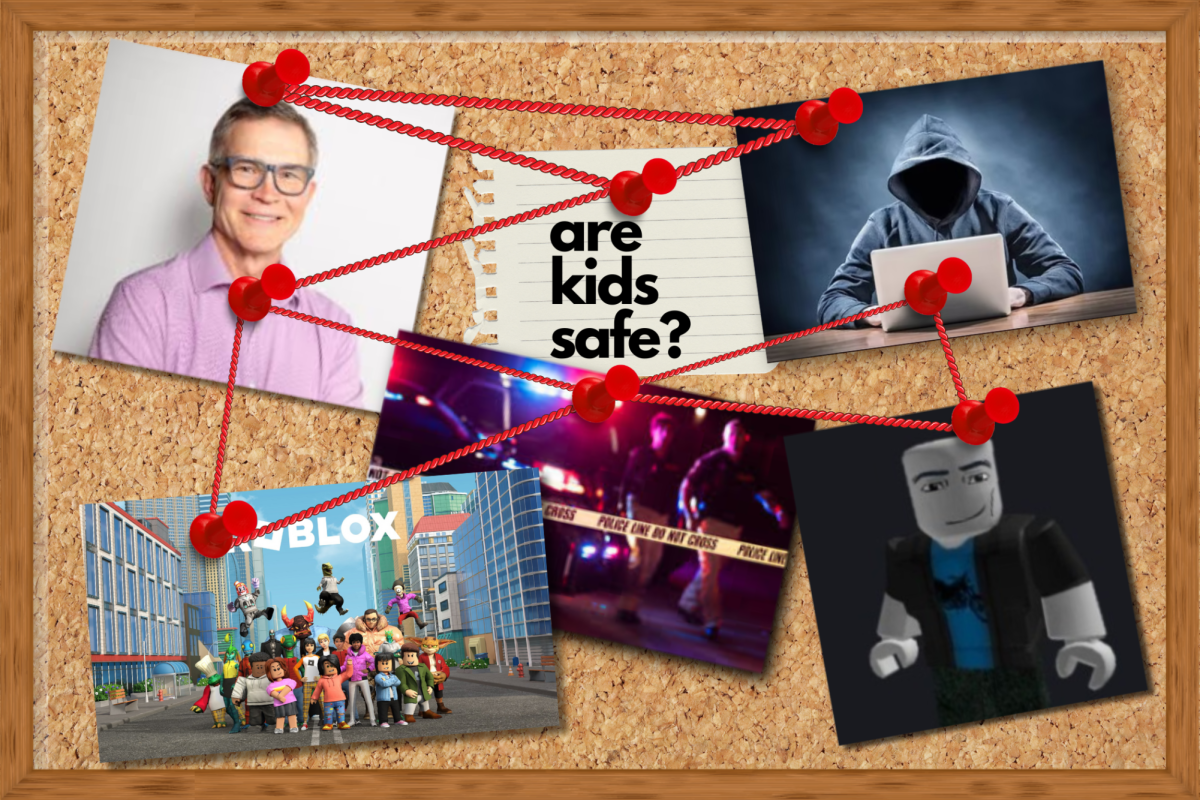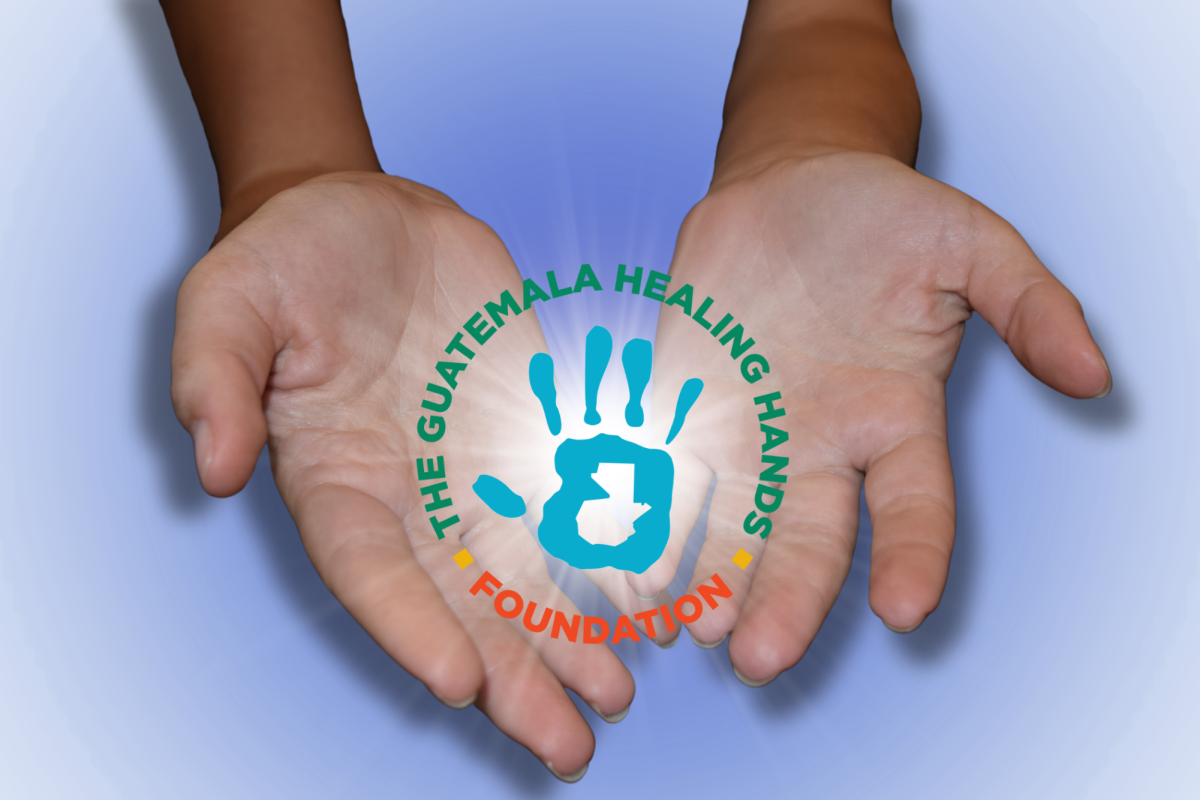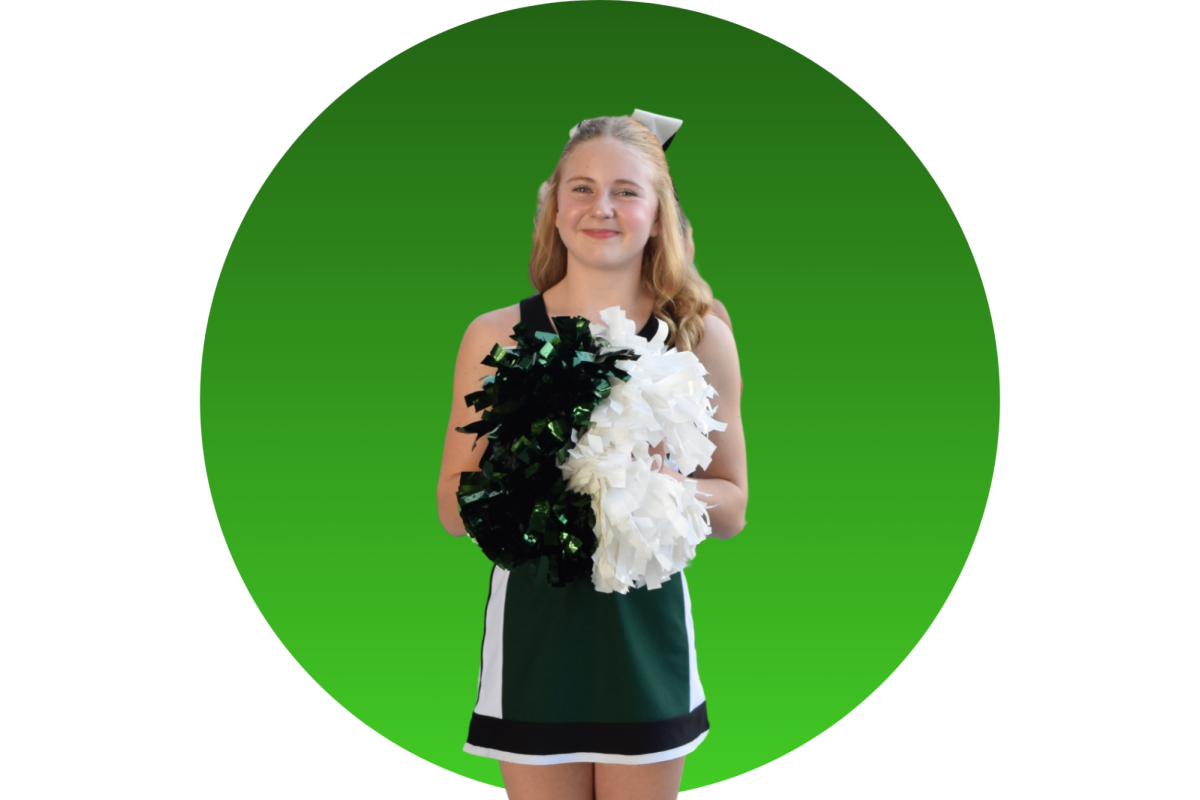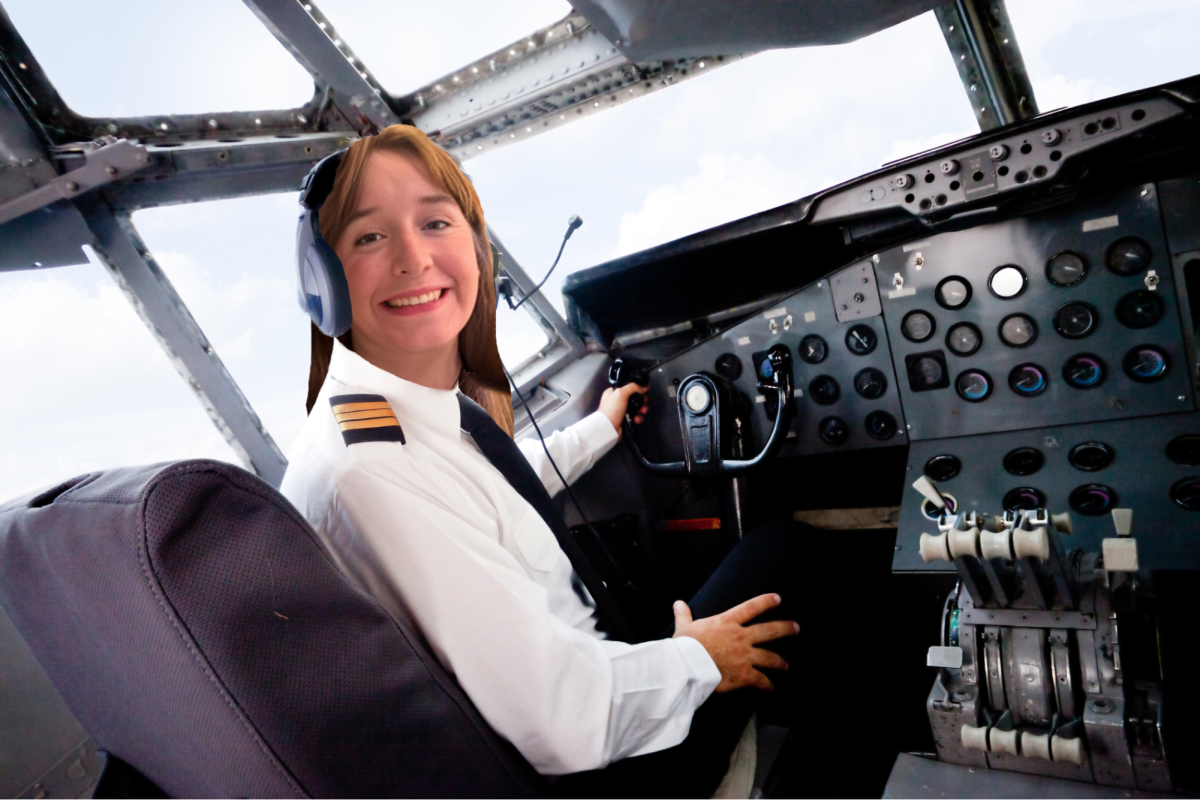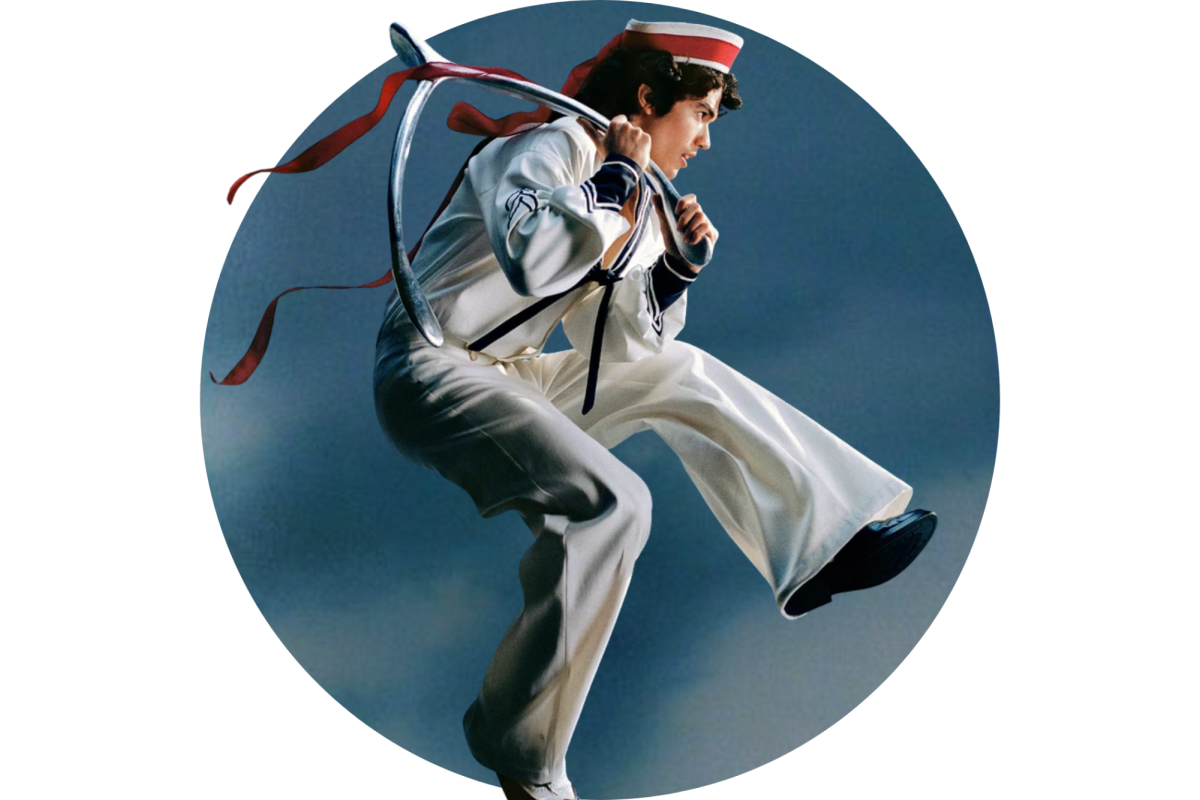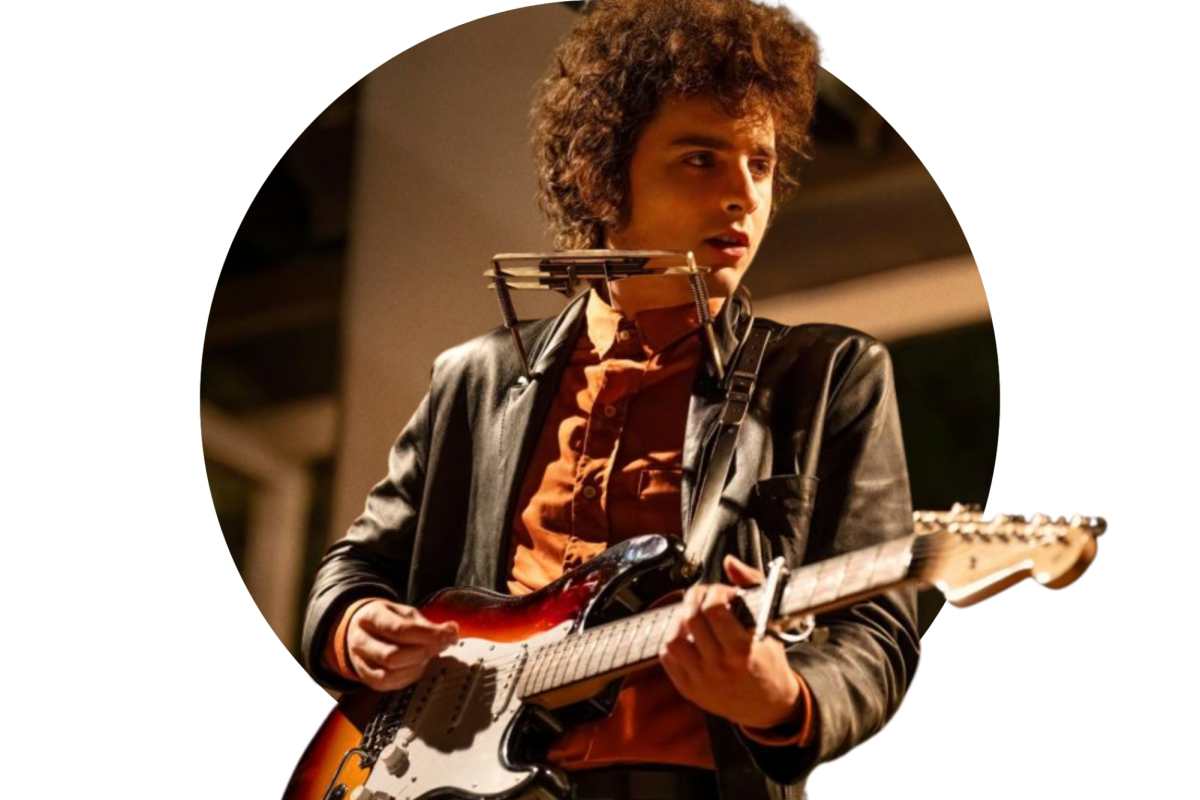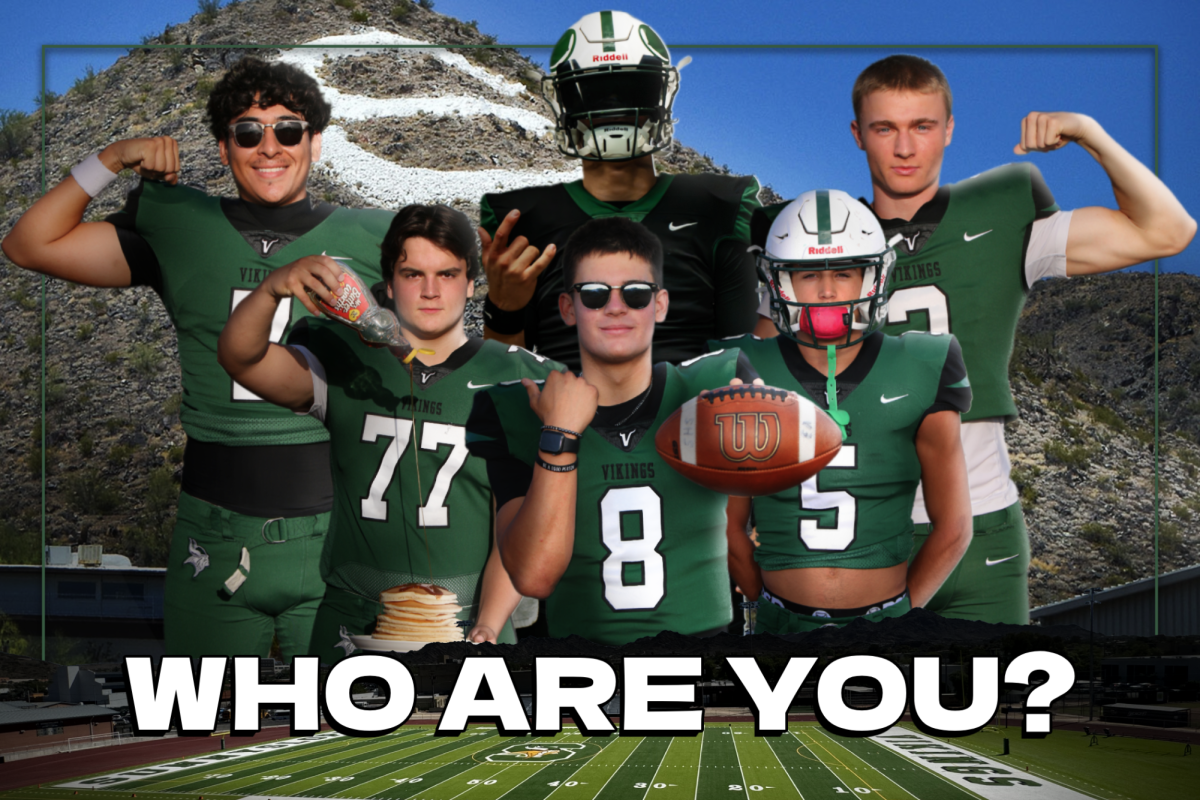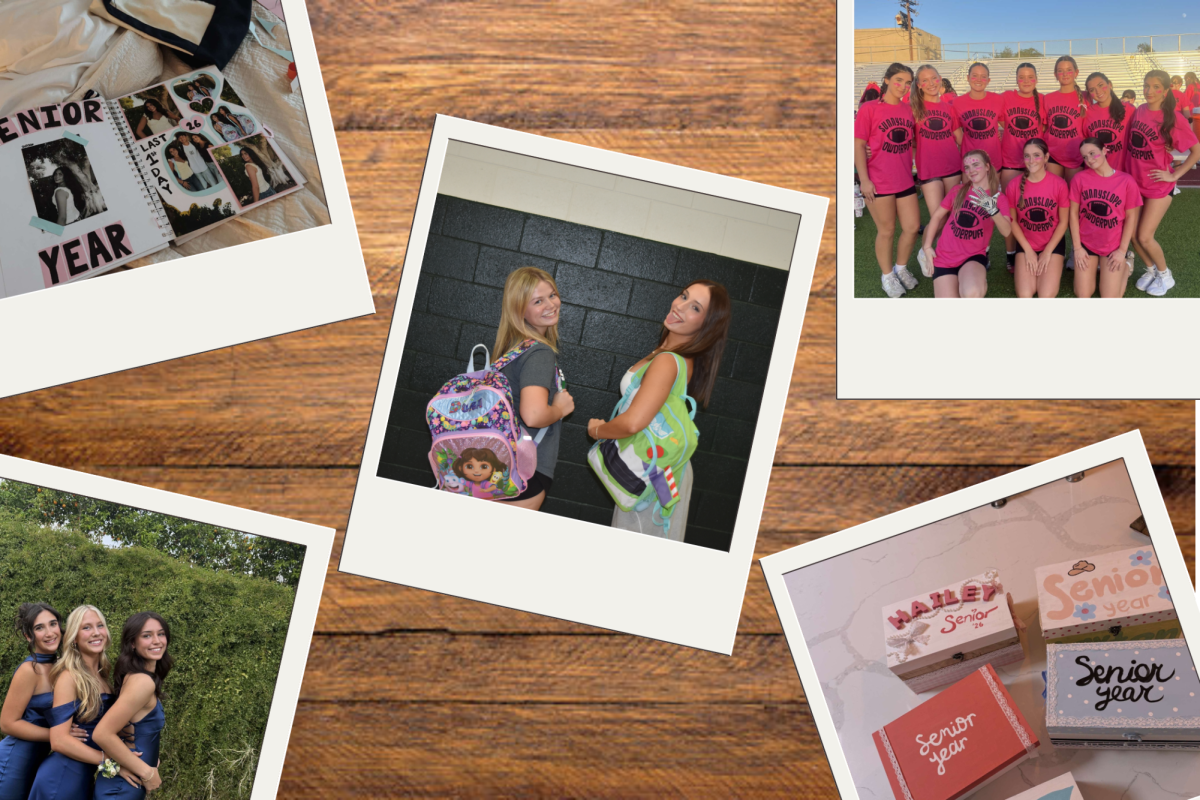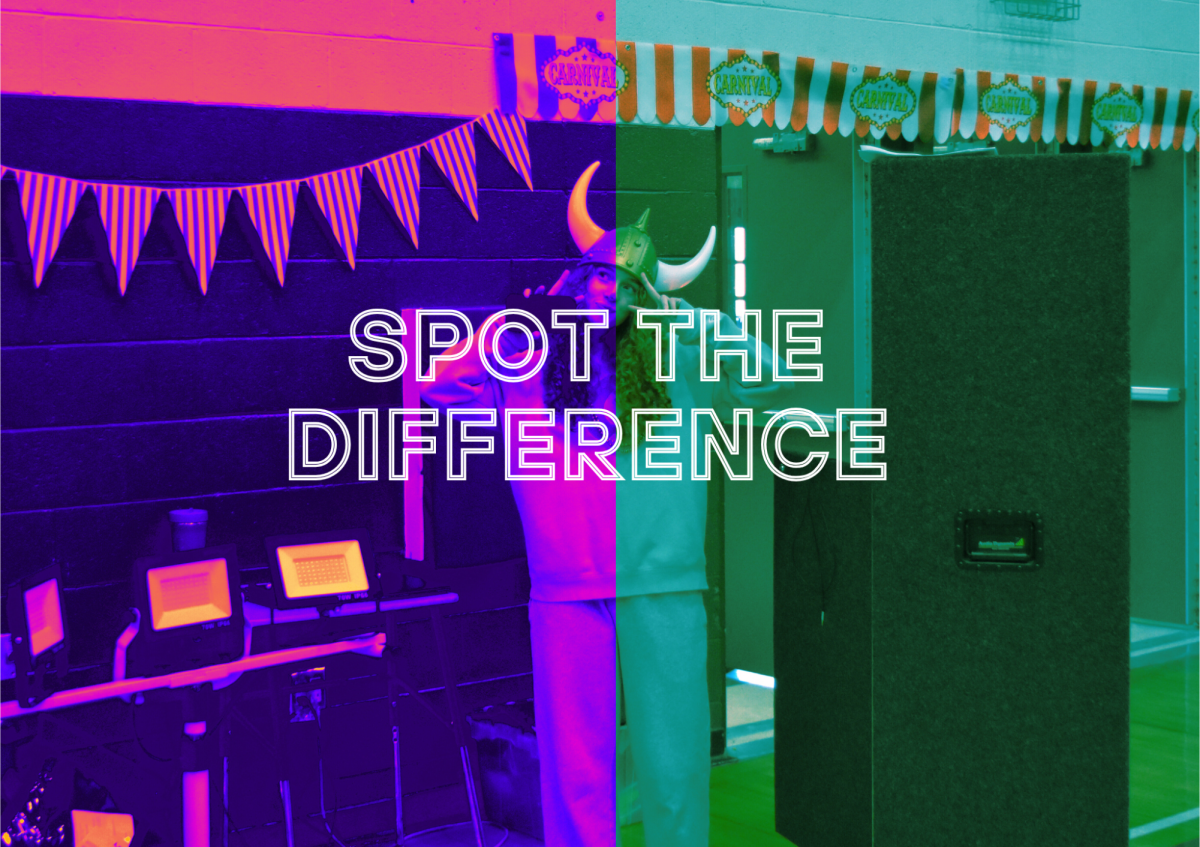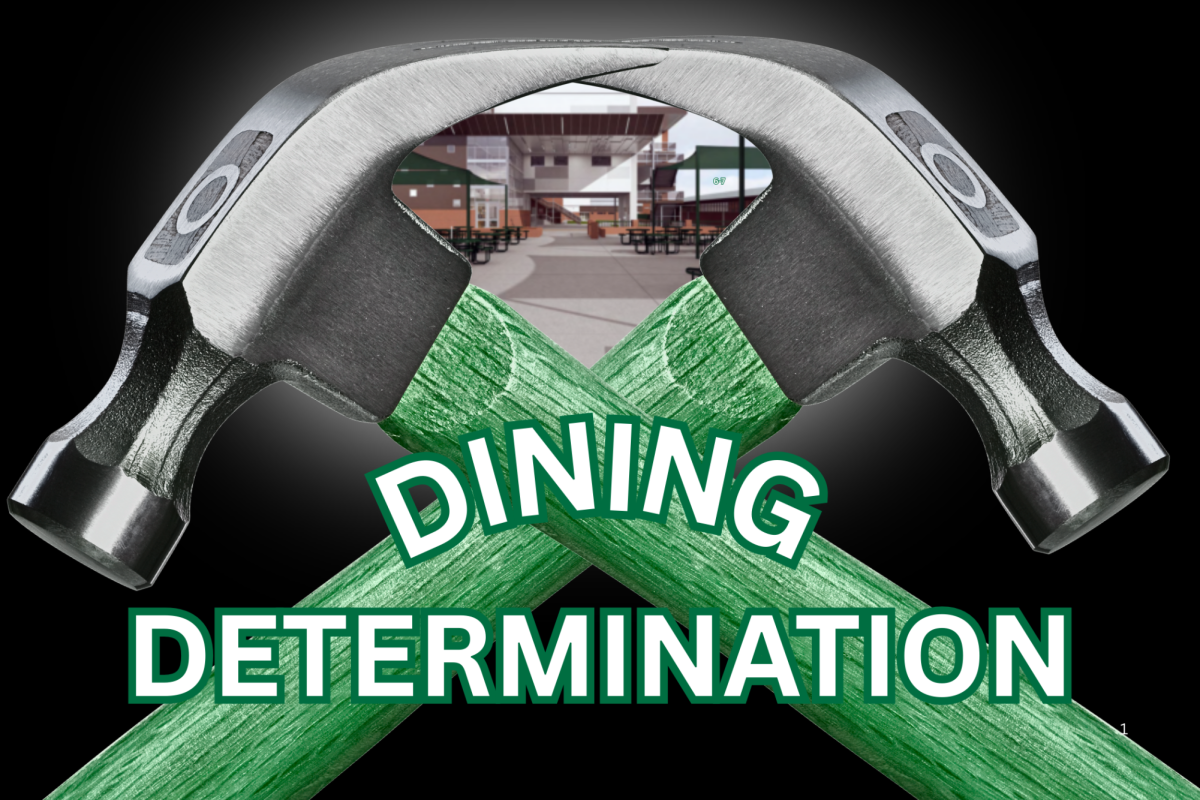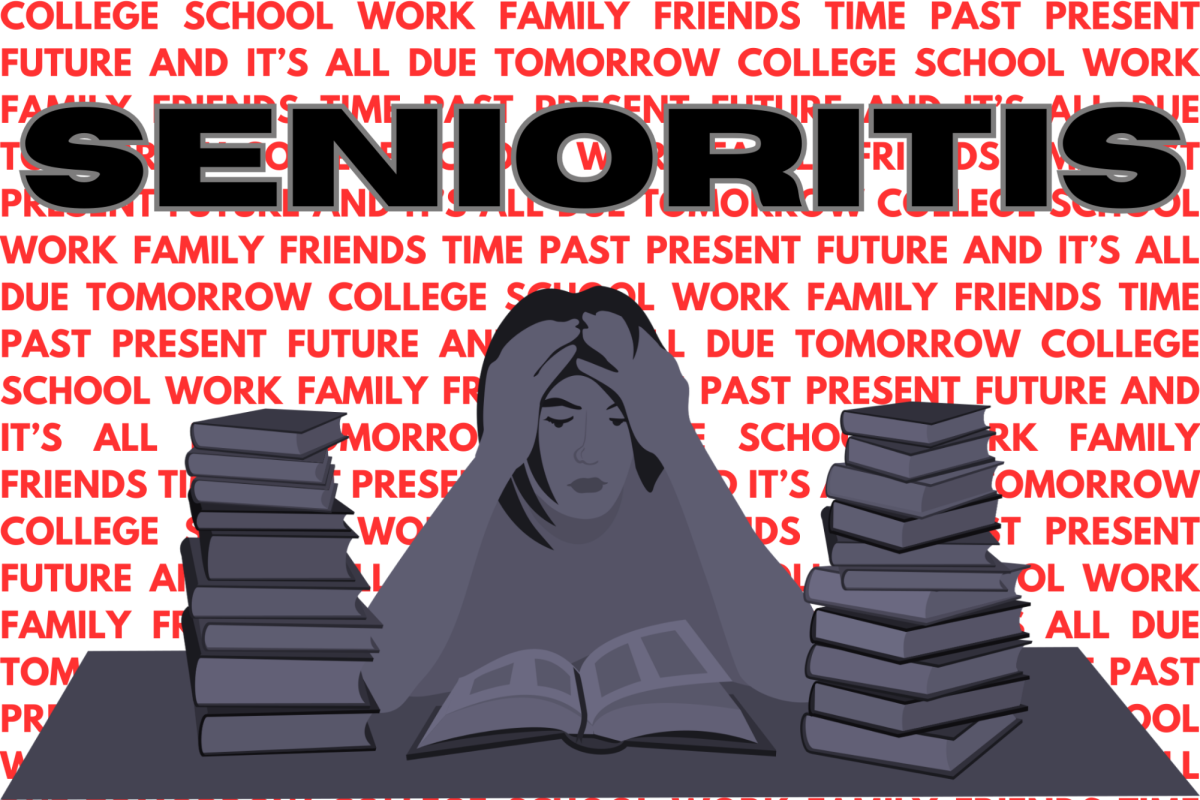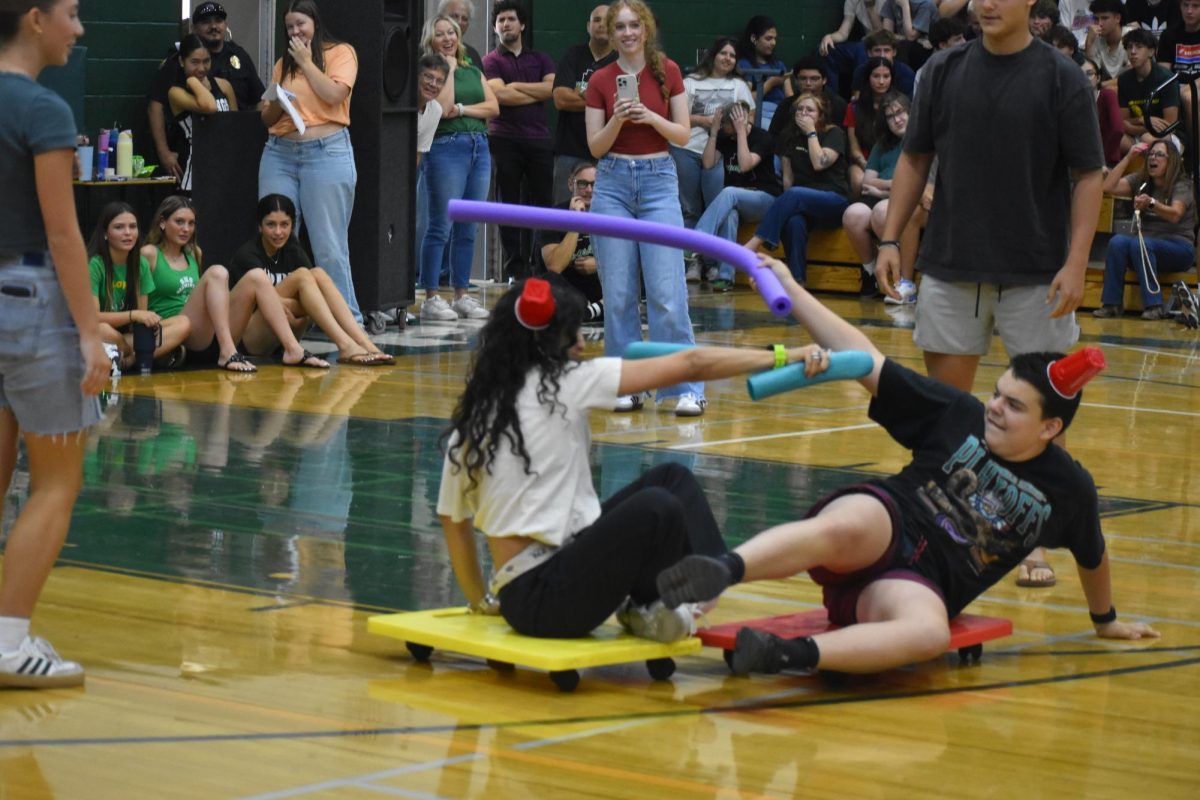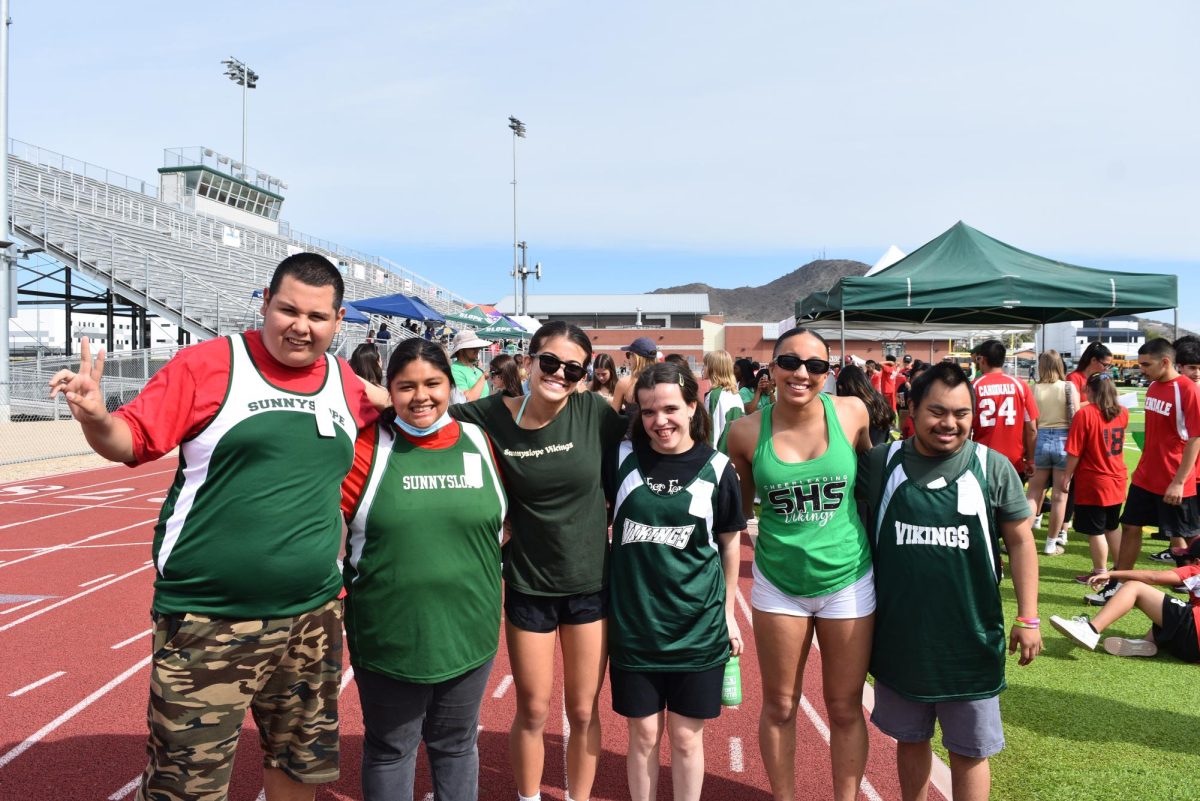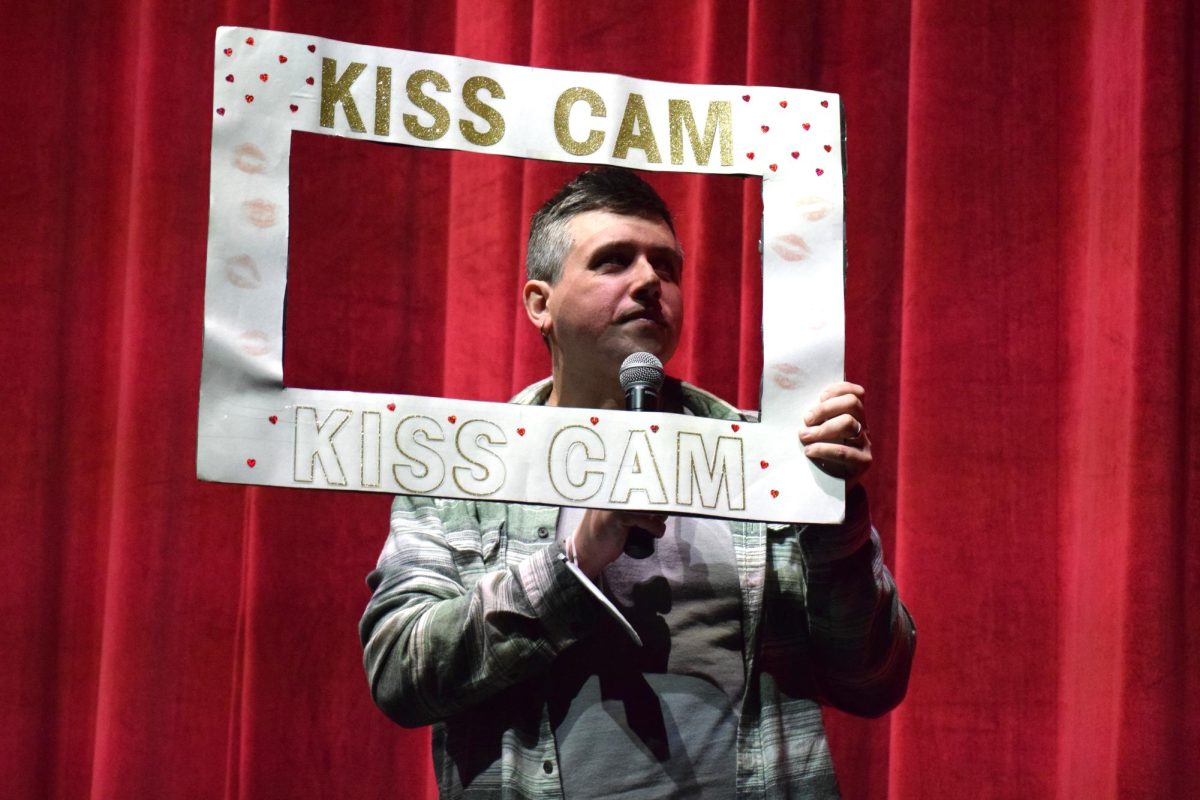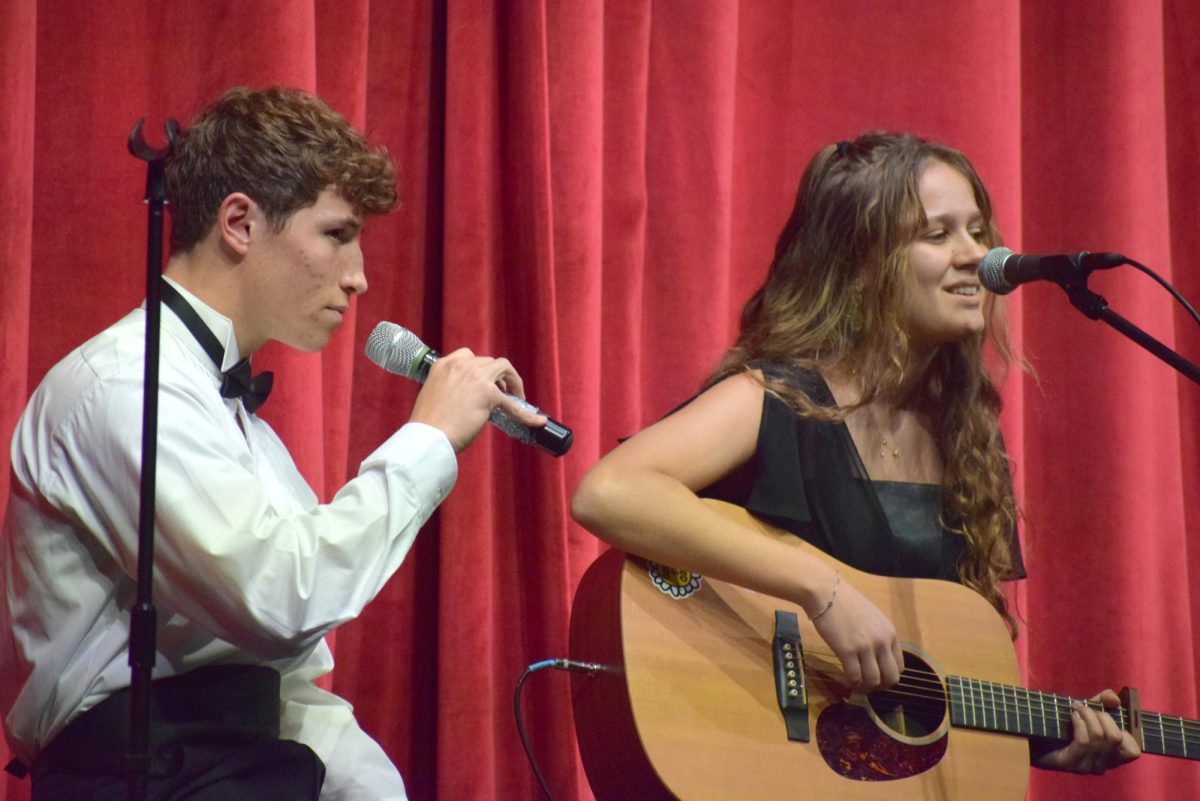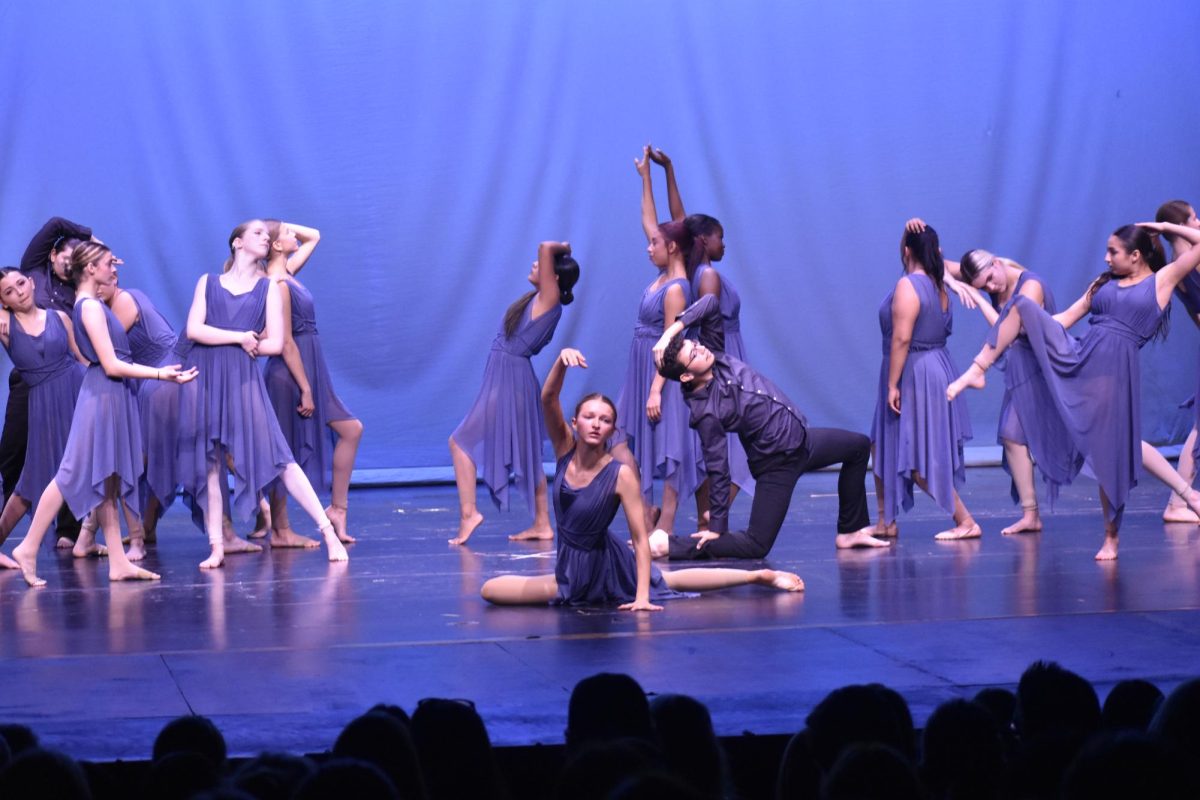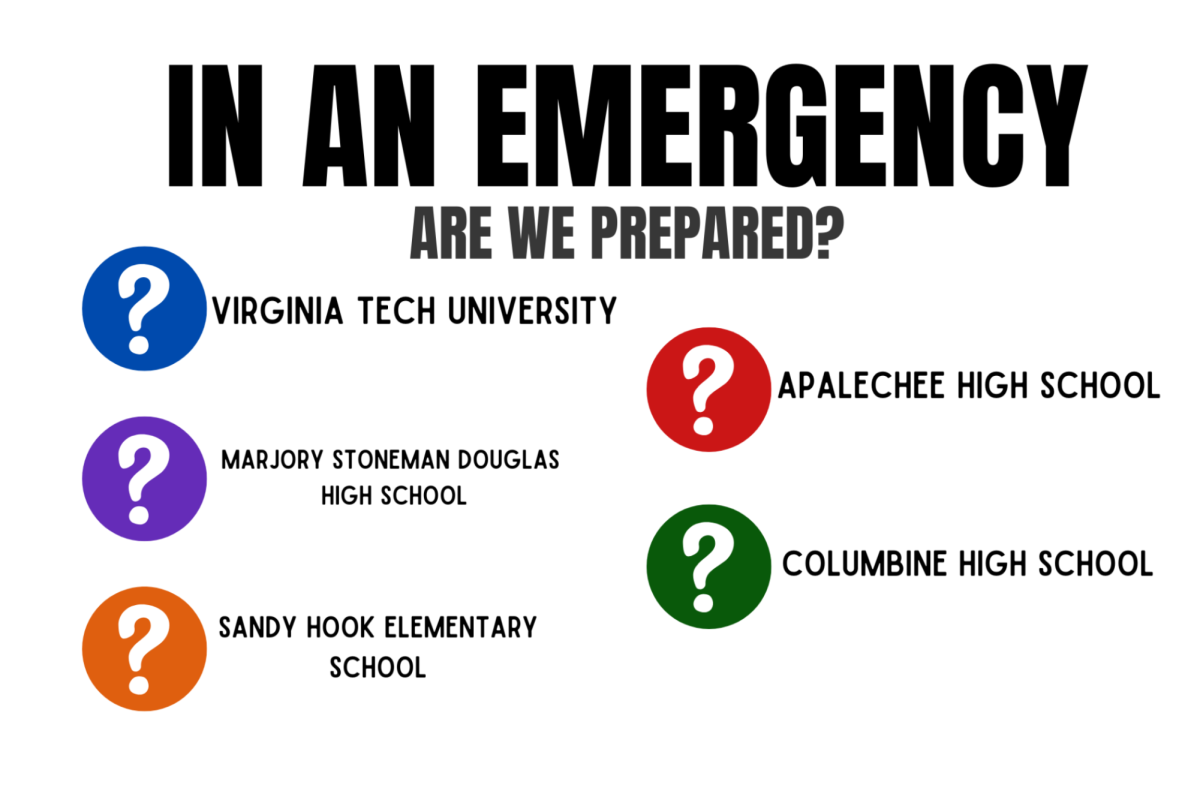“School shooting rn .. i’m scared.” “pls i’m not joking.”
Imagine getting those terrifying texts as a parent, worrying every second if your child is safe or one of the many that will end up on the news the next day.
Fire drills happen all over schools in America.
The alarm rings and everyone knows what to do and where to go.
But what would happen if there was a school shooting?
4 people were killed and 9 others were injured in a school shooting September 4th at Apalachee High School in Georgia.
This is not the first time a school shooting has happened and it, unfortunately, is not likely to be the last.
While we, the students at Sunnyslope, can’t stop the ridiculous amount of gun violence that has occurred and will continue occuring, we can be prepared for the worst.
Although Arizona is not known for frequently having school shootings, our absence of preparation is concerning for both staff and students here at Sunnyslope.
Some students perceive Sunnyslope as a campus ill-prepared for the worst case scenario.
Principal Jonathan Parker referenced the September 30th “Secure” drill that happened during third hour as an attempt to prepare for these scenarios.
After the drill, administration met with department chairs (teachers that are the leaders of their curriculum partners) and conferenced about lessons learned during the drill.
And while this September 30th drill was useful, it hasn’t fully calmed the worries of staff and students.
Junior Natalie Beute said she was “definitely nervous” coming back to school after hearing about the Apalachee High School shooting and wishes, “our administrators or even our teachers were more proactive about presenting us with information.”
Some students are simply confused as to why guns are so easily accessible for young people.
Sophomore Elena Petty posed the questions, “How do you let a kid bring a gun to school? How does no one notice?”
The topic is especially frustrating because our society doesn’t have one collective answer to those pressing questions.
However, not all students are as concerned.
Junior Noah Hernandez says he thinks, “our school is as prepared as possible, with supplies in classrooms and a safe layout.”
The confidence in our school’s safety systems fluctuates between students at Slope, but do the teachers see things differently?
A teacher who asked not to be named brings up her own personal experience when being asked her opinion on our safety systems.
She mentioned how out of the loop she felt, with no one consistently communicating to her about what was actively happening.
Students feel similarly; while we can see that there is a new system this year, and recognize that administration is taking actions, it doesn’t stop the fears.
One problem with the planning is that kids aren’t paying attention during drills. Students, despite the district policy, were playing on their phones and some even mentioned not realizing the drill took place.
Many students commented that their teachers provided zero instructions during the drill.
Teachers simply locked a door and went back to teaching.
The unfortunate long list of tragedies has raised anxiety levels, and while some steps are being taken to prepare, the efforts are not effectively erasing the trauma that has come with growing up in this violent time.
English Teacher Alexandra Hamill used to teach in Florida and was teaching in Florida at the time of the Parkland tragedy where 17 students died.
This event sparked hysteria across the country, and the tactics used there still traumatize many today.
Hamill said, “one of the issues is that we still mass evacuate during fire alarms.”
She explained that the Parkland shooter set off the fire alarms himself which allowed him to target many people at once outside the building.
Hamill also said she thinks it “doesn’t seem safe to send 2,000 students and teachers outside unless it is absolutely necessary.”
Hamill strongly emphasized the word absolutely to suggest that perhaps not all fire alarms are equal levels of threats.
Parker acknowledged this reality as well.
“We’ve had some incidents where it’s given us the opportunity to both prepare to practice and then revise our plan, but it always feels like it’s some new circumstance to which you are reacting,” Parker said.
“I understand that there are going to be ways that people with malicious intent can utilize our protocols,” he said.
He pointed out that a specific strategy was utilized, but that doesn’t change the fact that if we believe there is a fire — we must leave the building.
Parker also brought up the fact that there were some complications regarding conducting an active shooting drill.
He mentioned that, “part of our challenge right now is that we are trying to schedule a time where we can coordinate with Phoenix PD (Police Department), coordinate with the district office, alert the public, and then conduct an authentic drill.”
It doesn’t calm student fears to know that we have to wait for Phoenix PD to help us plan the drill, but it does at least explain one piece of the complicated process.
Parker’s points are valid, but the main issue is not how long it will take to coordinate the drill; it’s the fact that students are unsure if we will even have one.
This circles back to the uncertainty regarding our emergency protocols.
Parker also voiced his opinion that, “an authentic drill is scary because it’s going to be a class hiding in the corner until Phoenix PD comes room by room to clear it.” While this is also true and could be potentially frightening for students, it is important that we remember that feeling and are able to understand why it is so important that we are prepared.
Students shouldn’t have to fear for their lives when they go to school, yet that is the somber reality of our country today.
Schools in Arizona should be just as prepared as any other school, because, at the end of the day, you truly never know what could happen.
We shouldn’t have to feel helpless about the situation when we could start implementing strategies that can keep our students safe.
Having the muscle memory of knowing where to go could potentially be life-saving, for ourselves and for others around us.
Conducting an active shooter drill 2 or 3 times a year could help students get familiar with the procedures that they need to follow when panicked.
While it may be difficult to coordinate the drill, performing the drill may be exactly what saves a life.
Sunnyslope has already started taking small steps forward such as creating a Standard Response Protocol that lists the 5 important steps that need to be taken in an emergency; HOLD, SECURE, LOCKDOWN, EVACUATE, and SHELTER.
These steps are slowly starting to spread the awareness and advocacy that will keep our students safe, but we as a school need to do more about making this topic more familiar with students: engaging the students directly, asking teachers to make the procedures clear to the class, asking students to put their phones down and pay attention to the procedures, these are all ways we can improve the preparedness of all 2,250 of the Vikings on campus.
No one wants to send that text to our parents; no parent wants to receive it.
While we cannot prevent malicious people from wanting to cause harm, we can and must do more to prepare for this worst case scenario.

